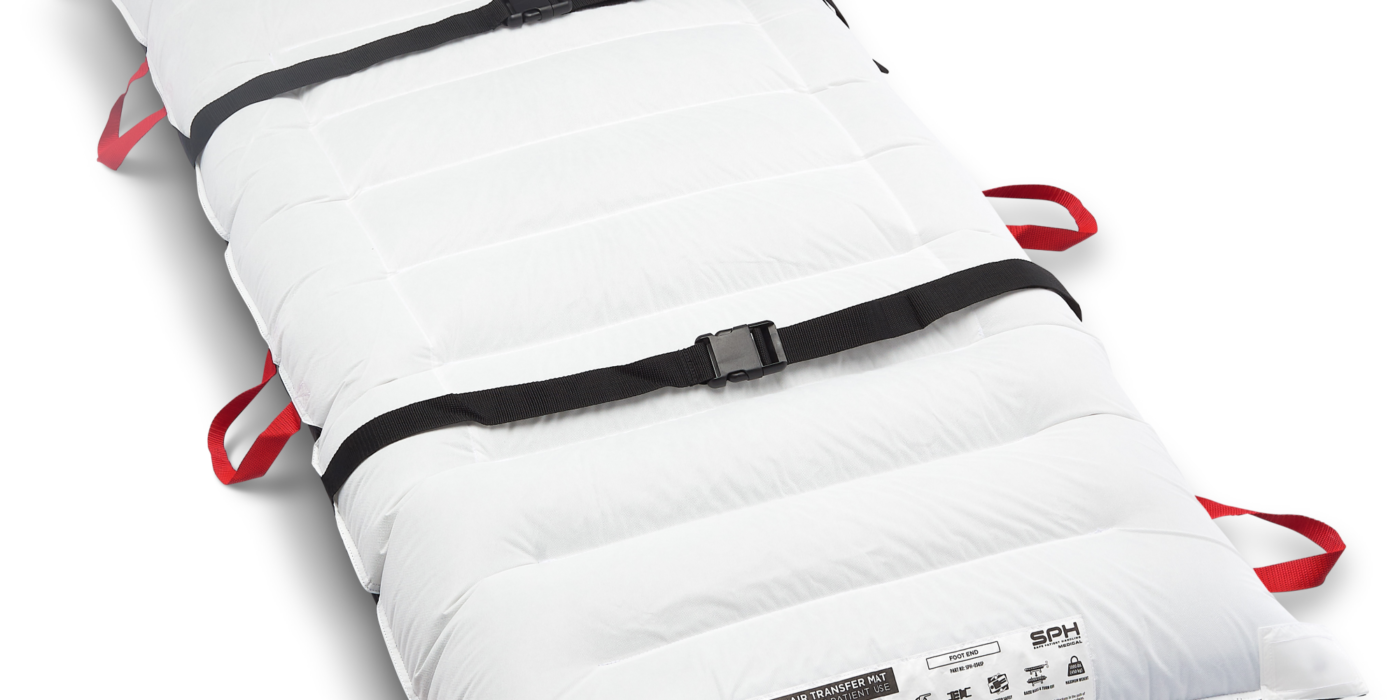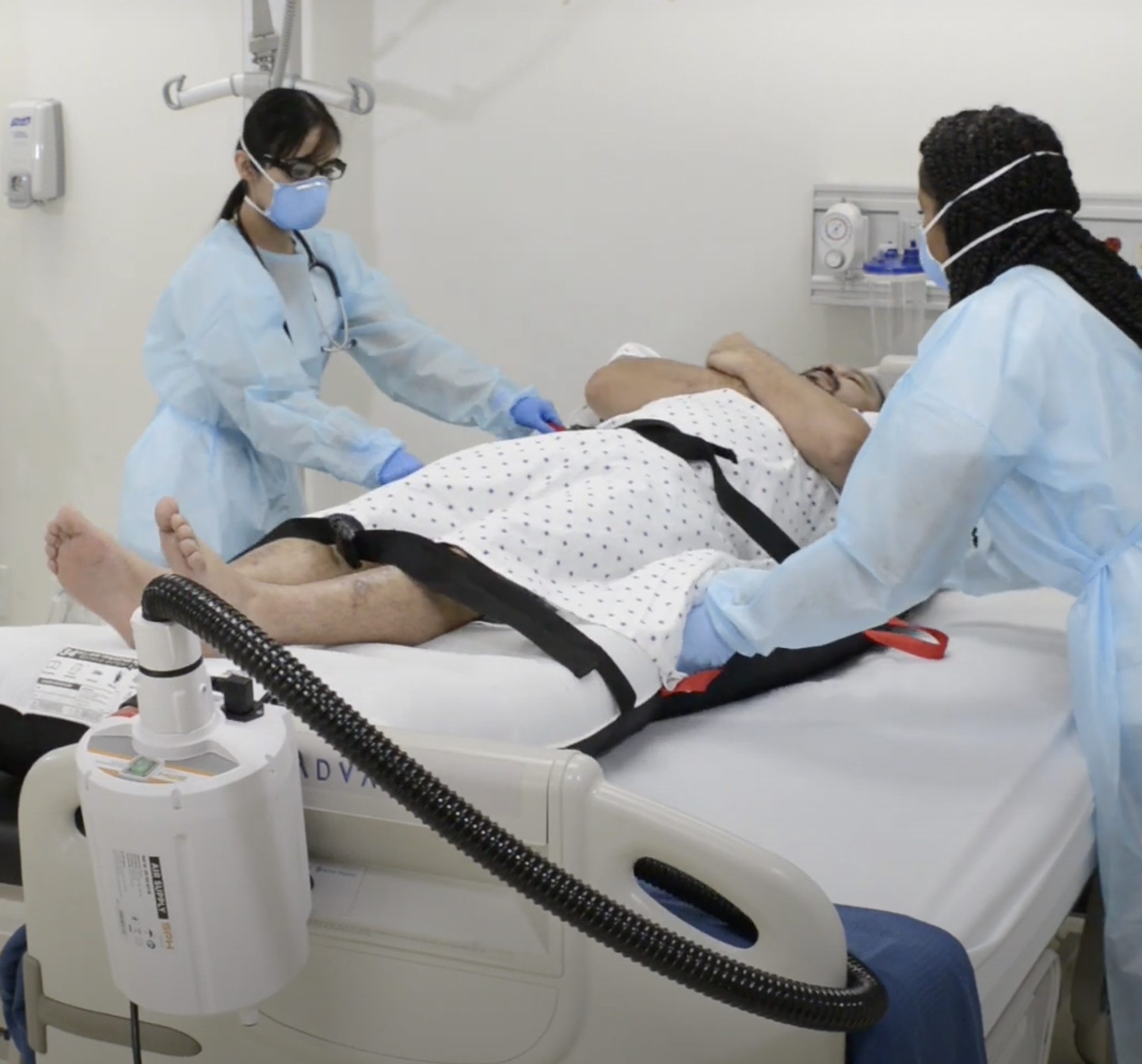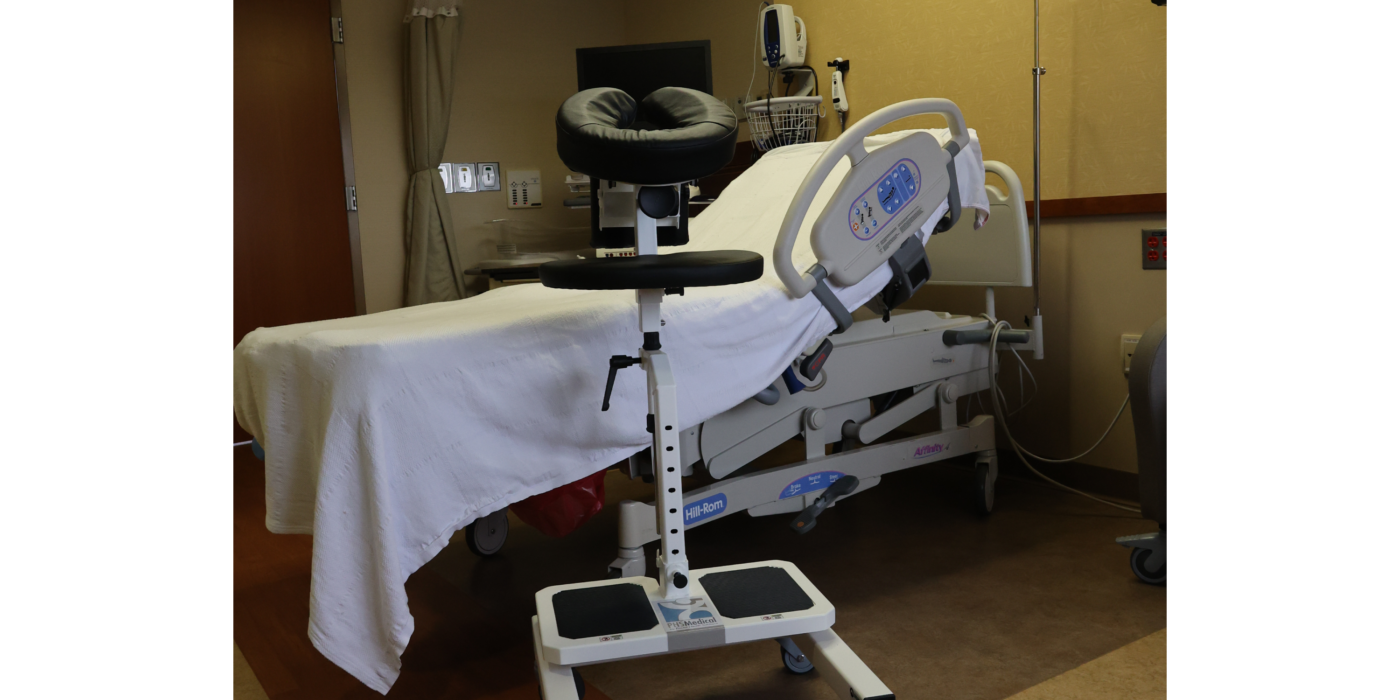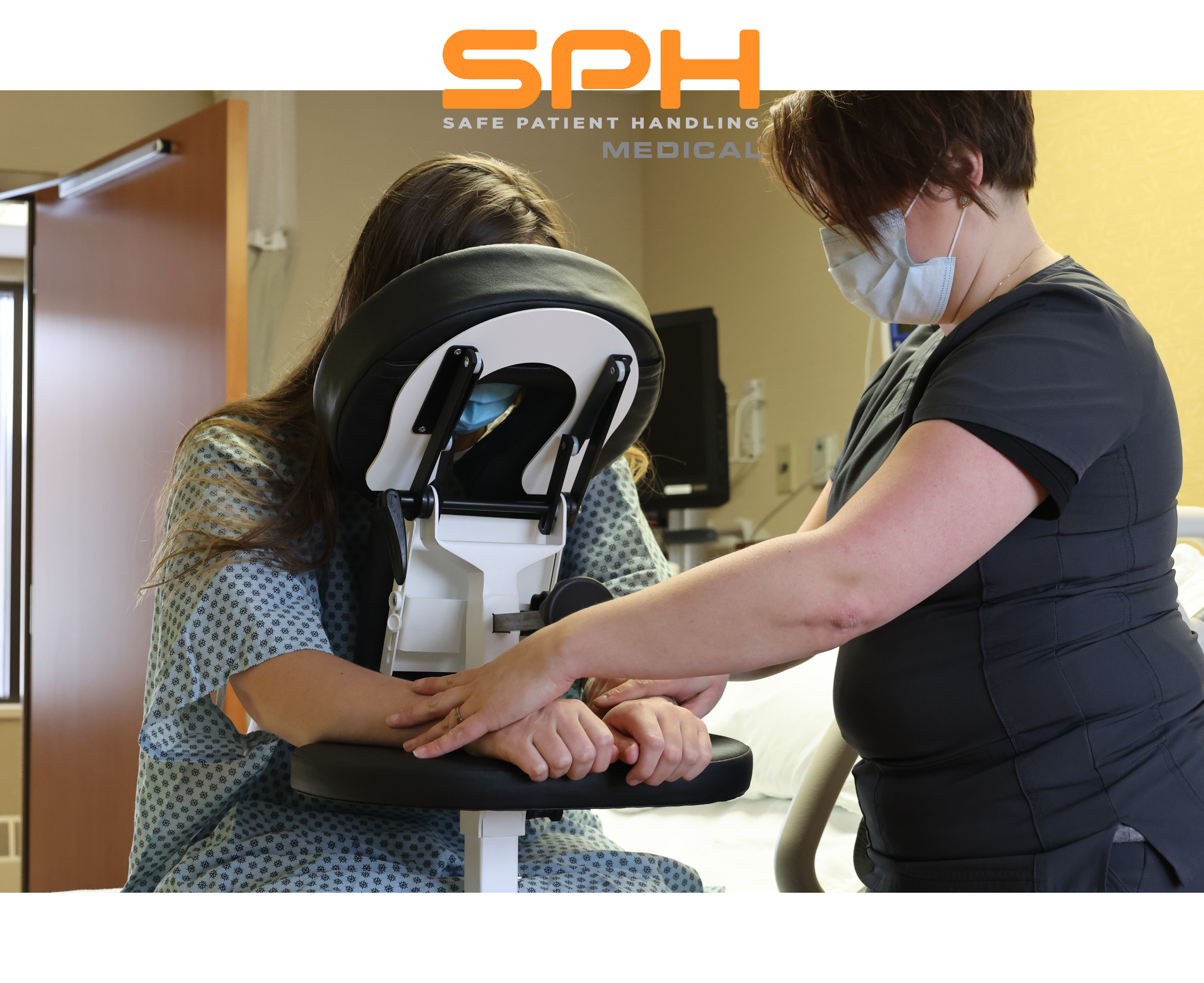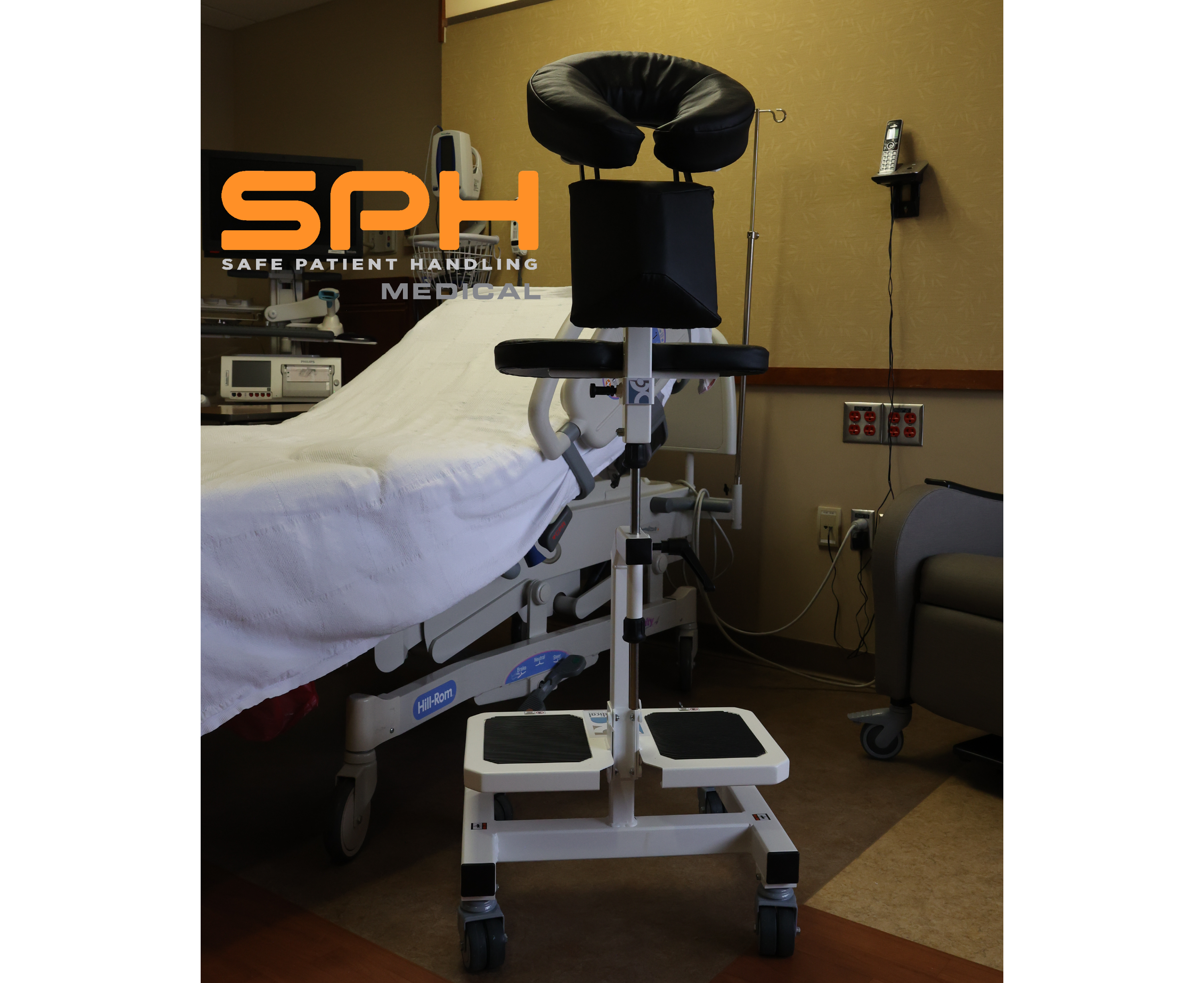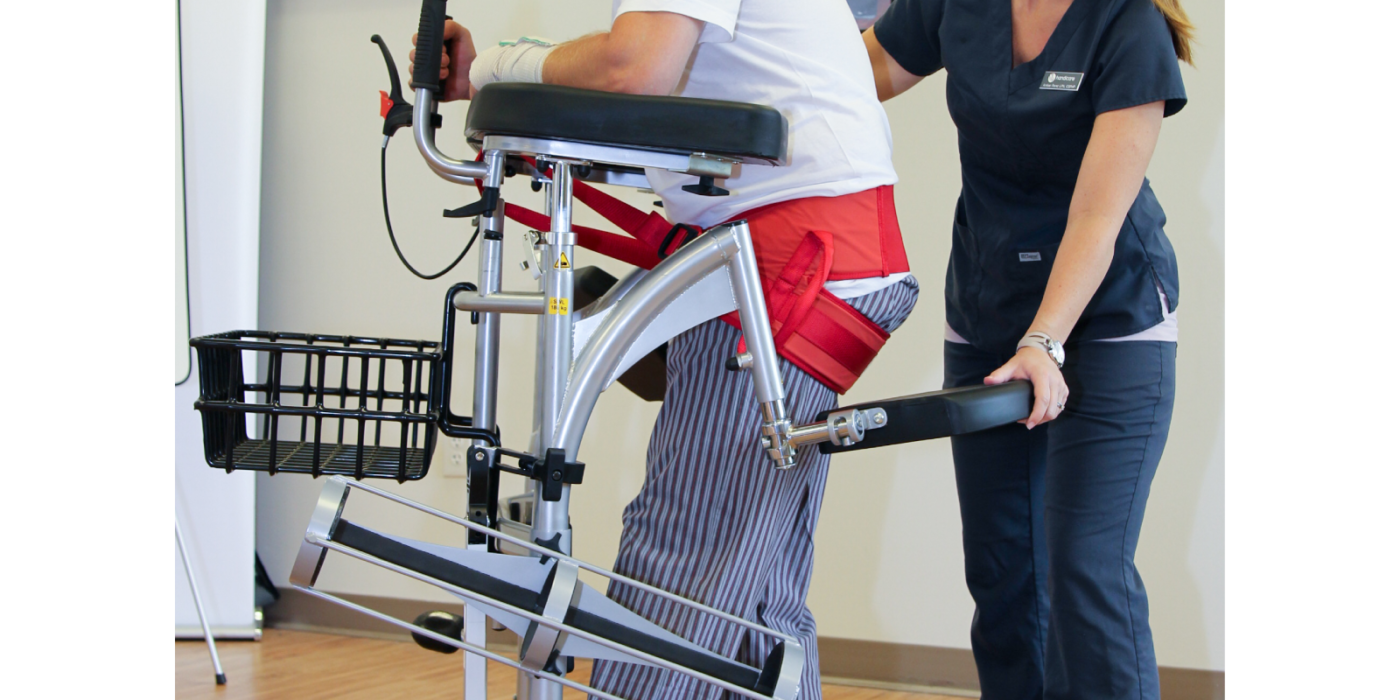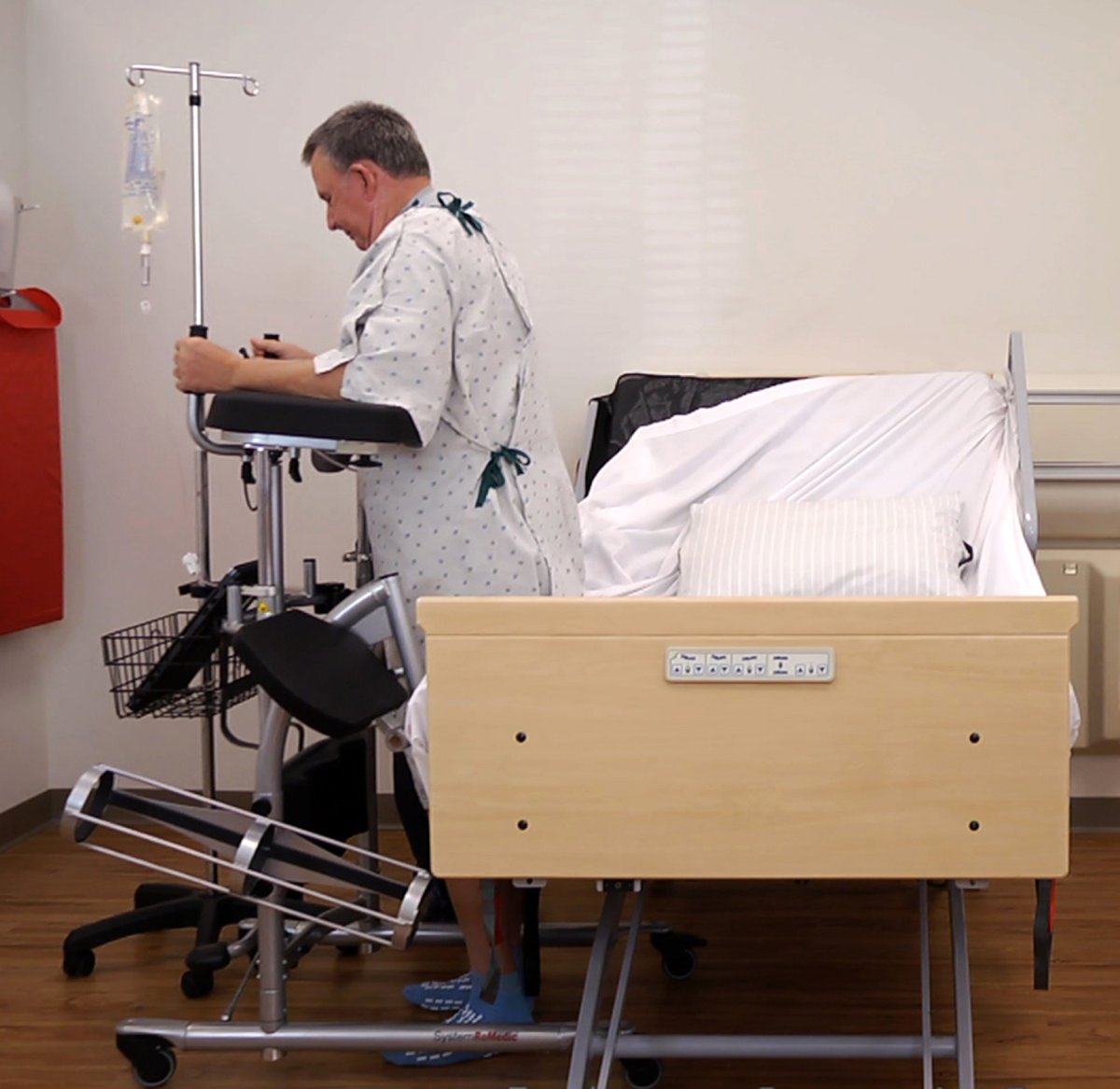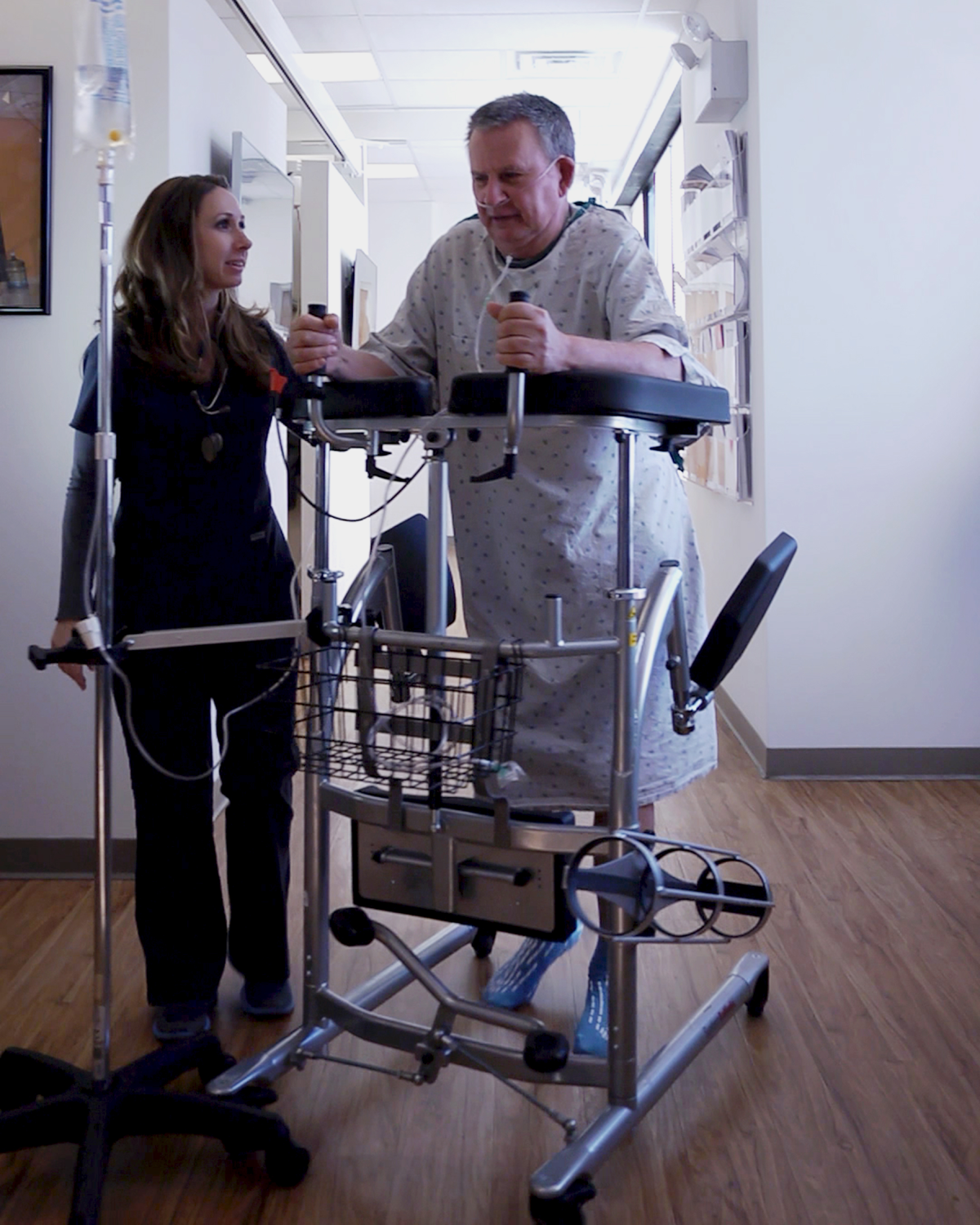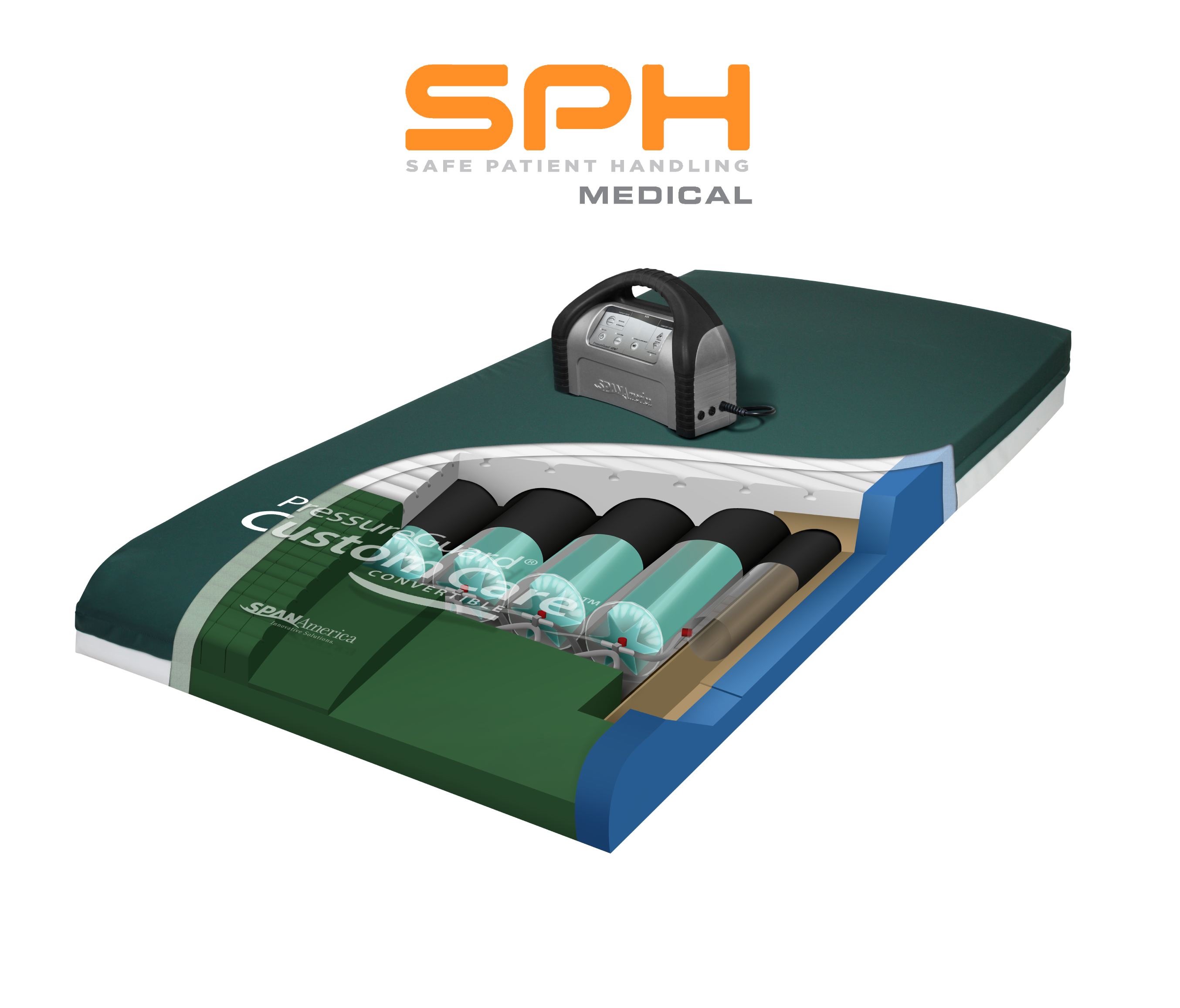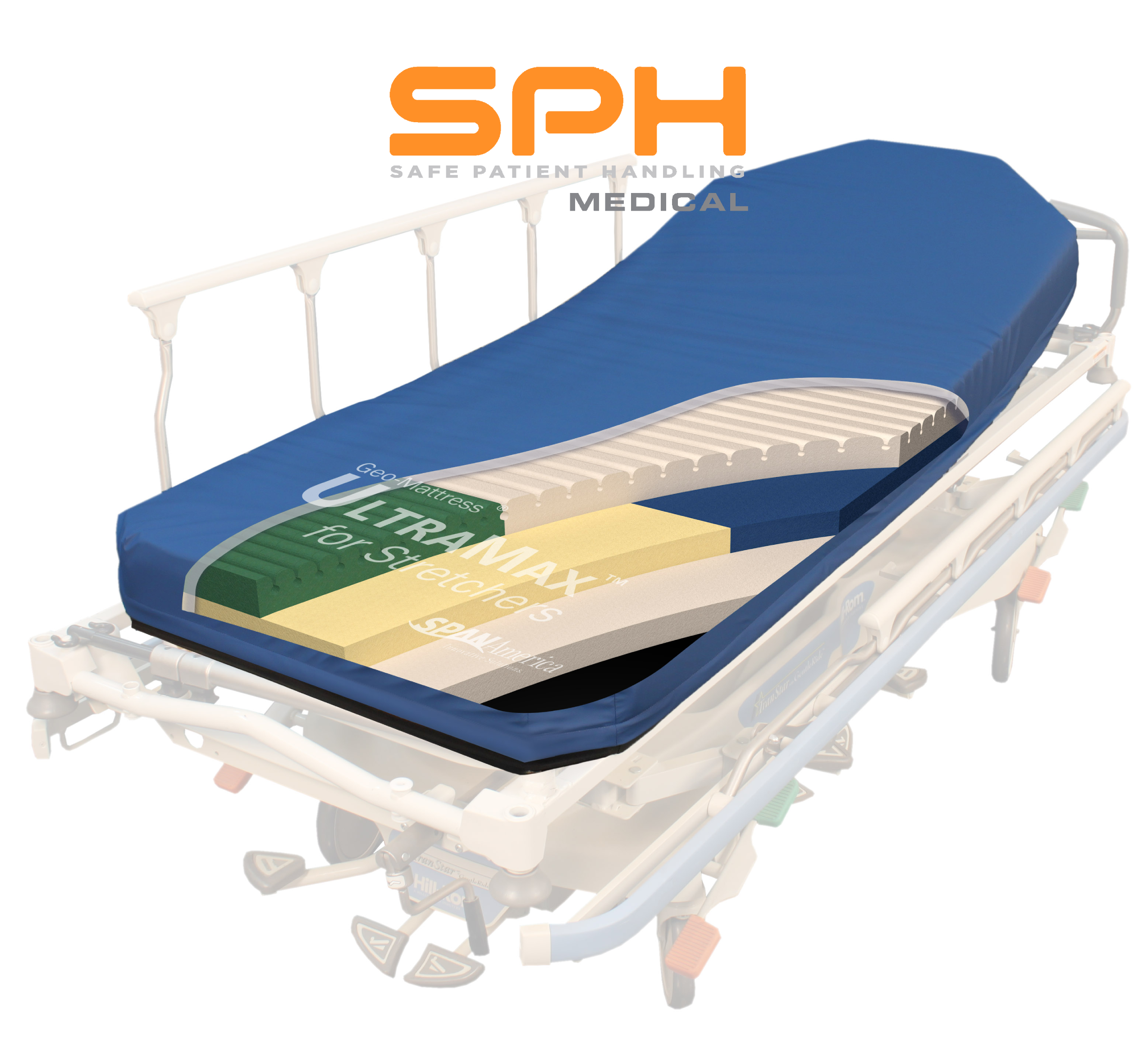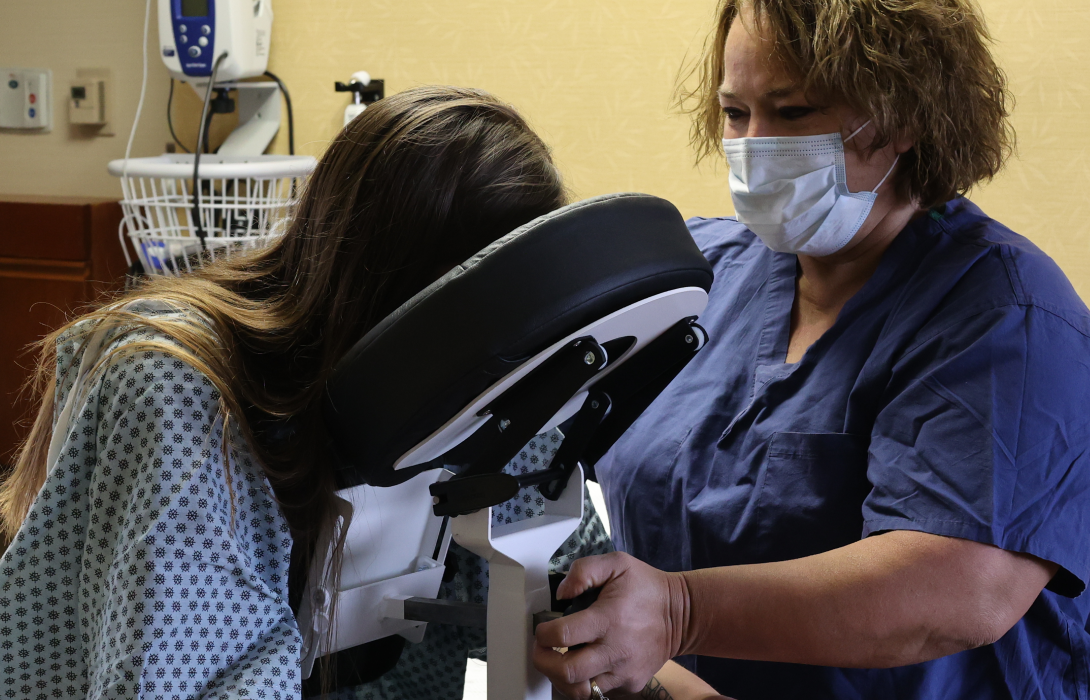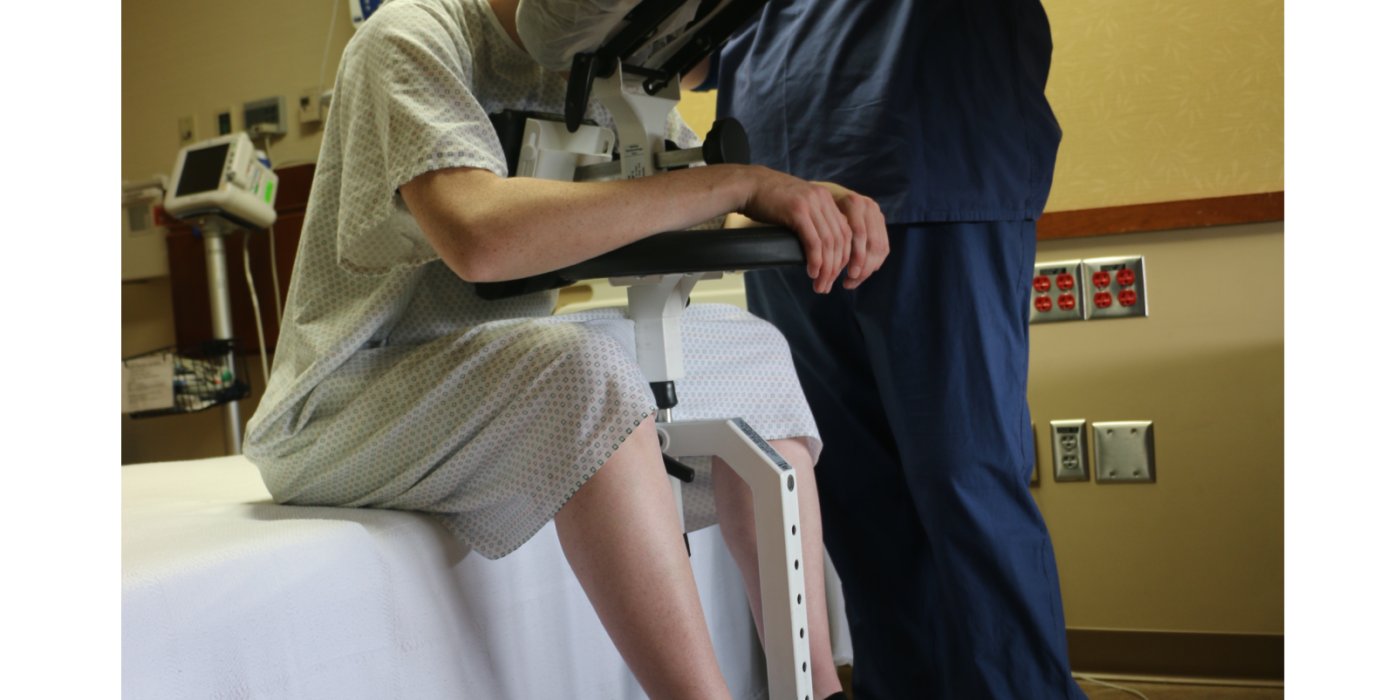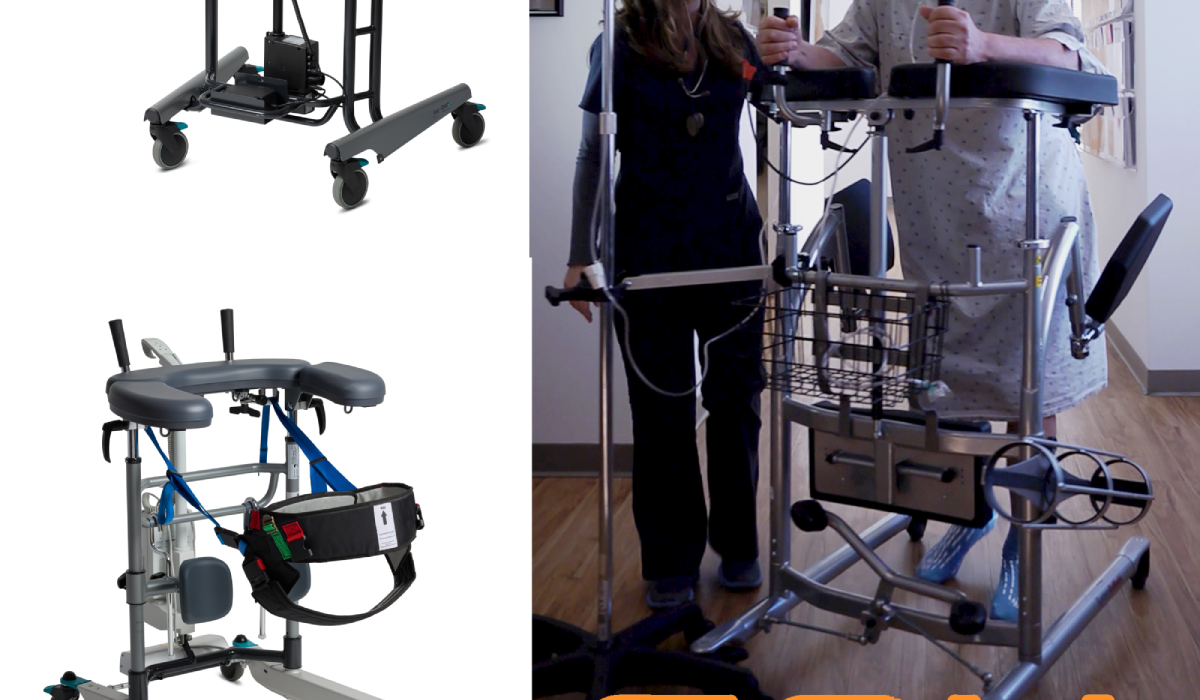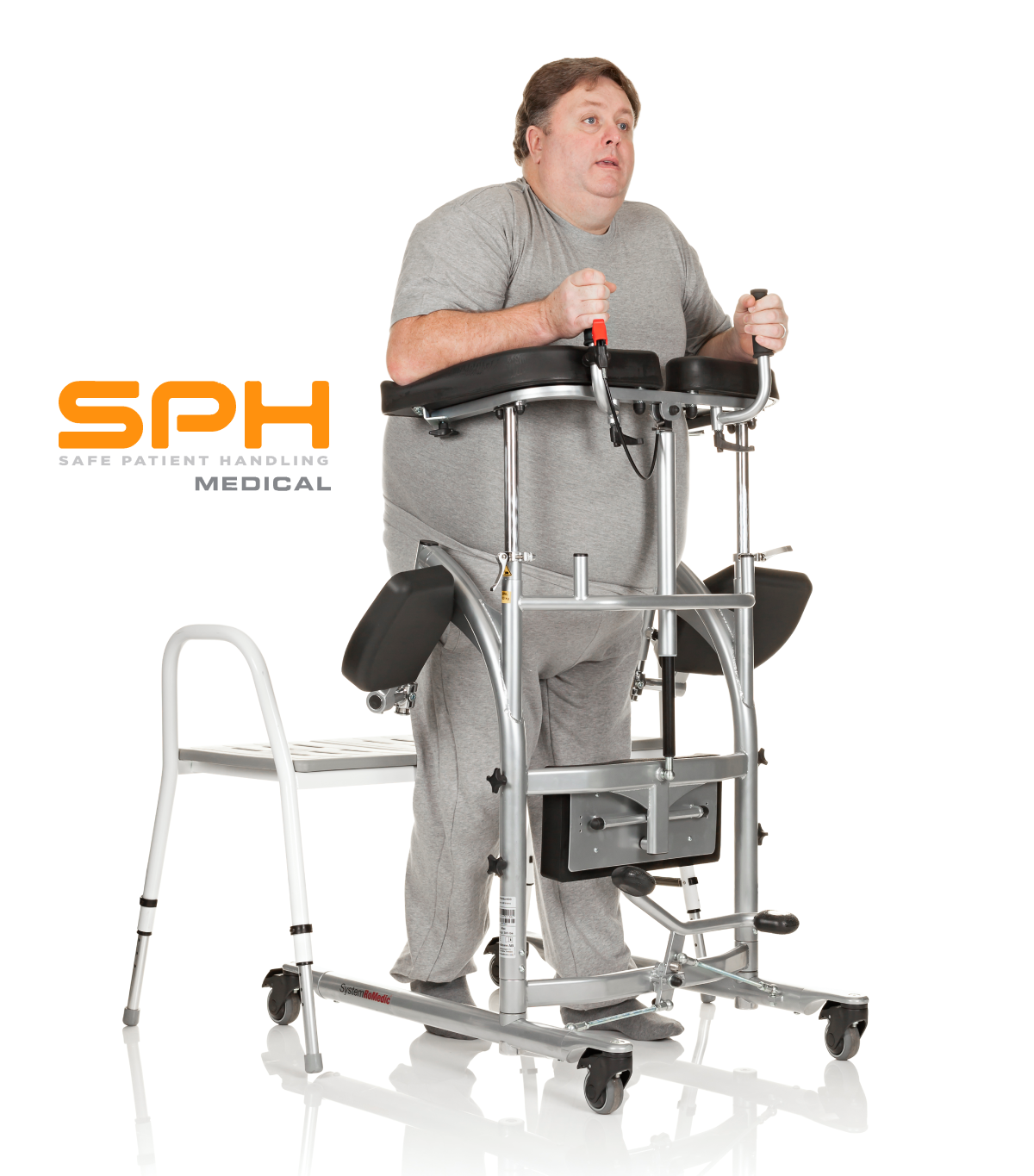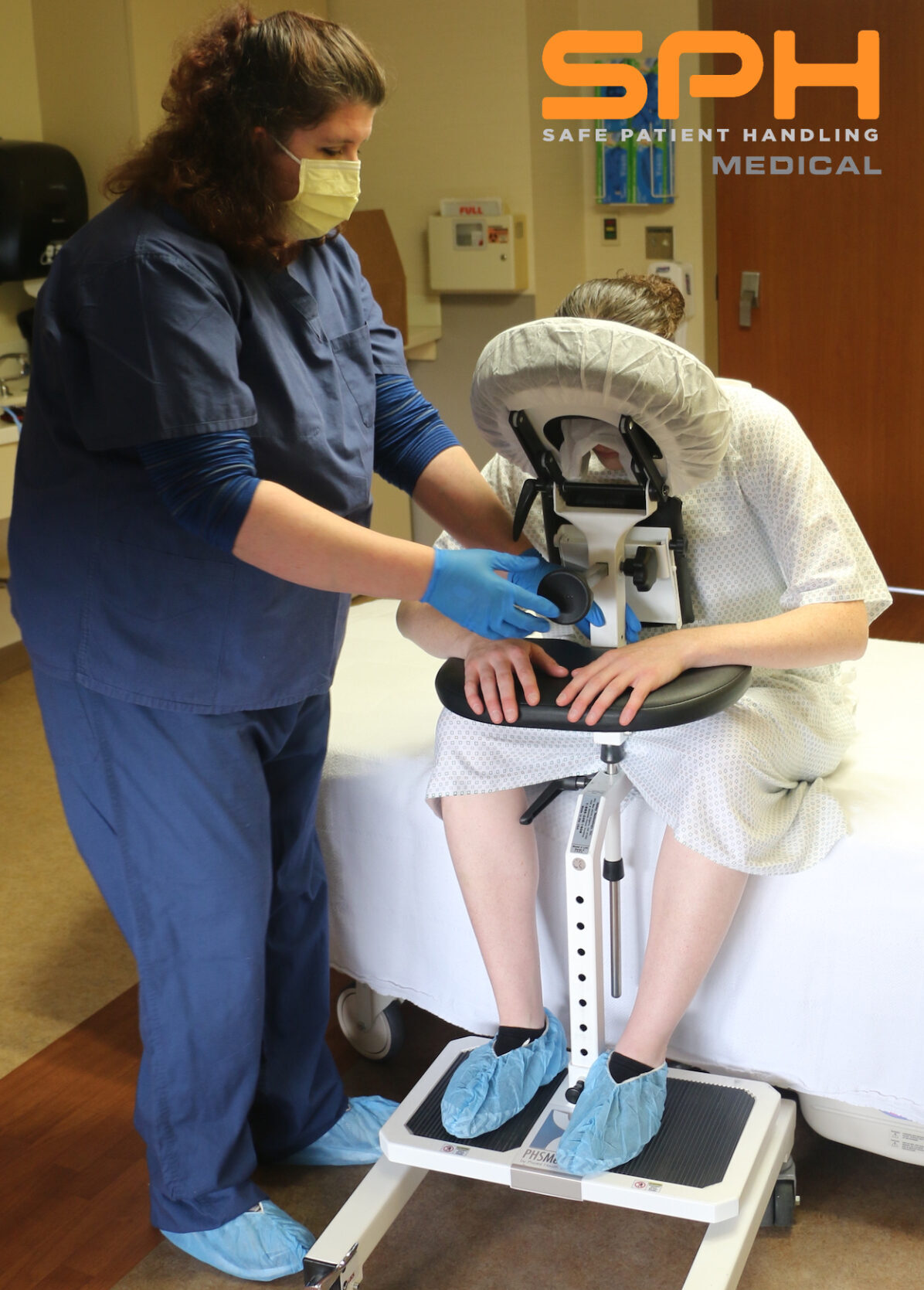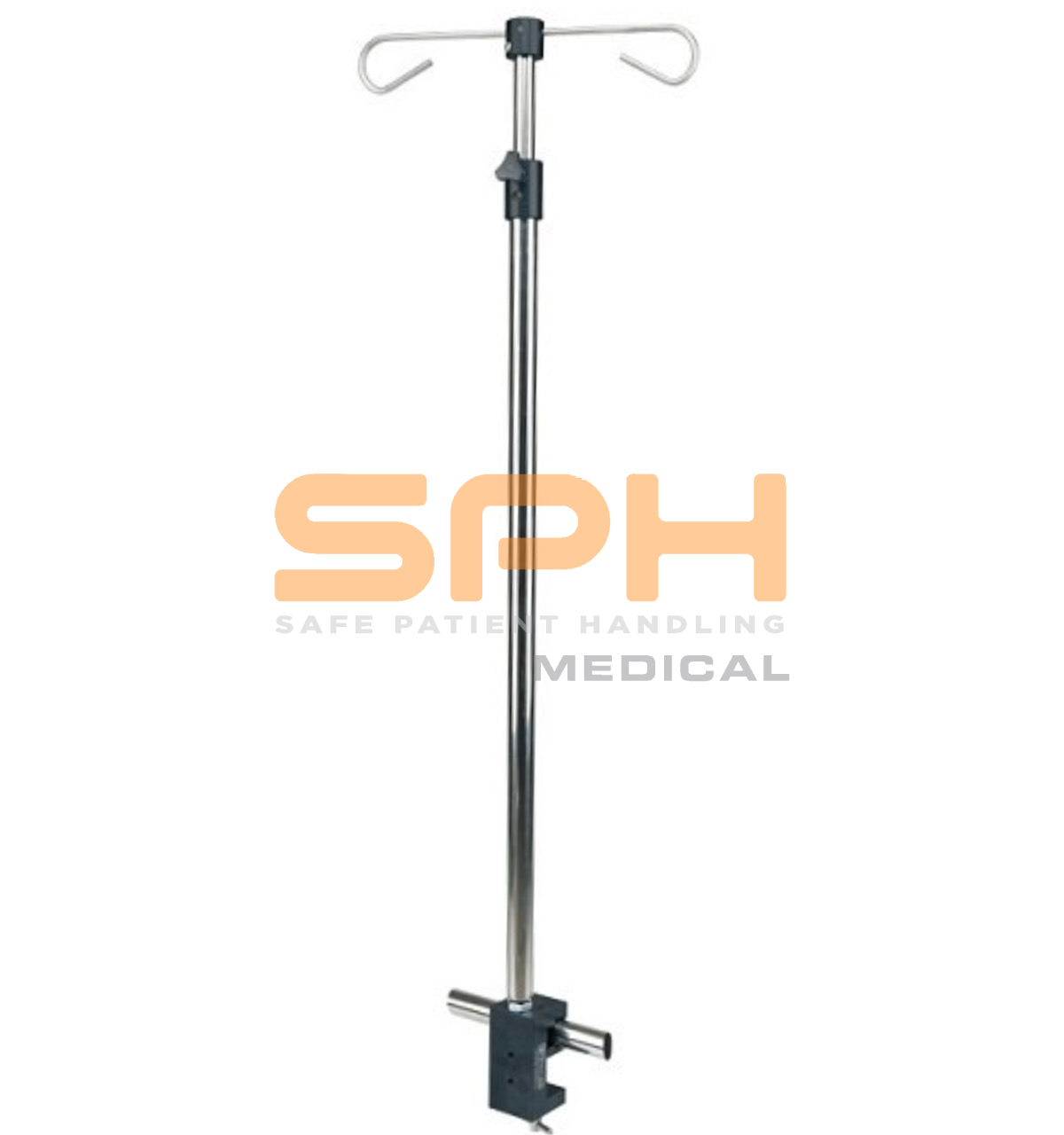Nursing staff face daily challenges in patient handling that can lead to significant physical strain and injuries. Additionally, hospital-acquired infections (HAIs) pose a persistent threat to patient health and hospital operational efficiency. SPH Medical provides innovative solutions to these dual problems through their overhead patient lifts, such as the A-625 patient lift motor, and mobile lifts like the EVA600. SPH Medical works diligently on enhancing nurse safety and reducing HAIs by providing clinics and hospitals with tools necessary to succeed such as single-patient use slings and repositioning sheets.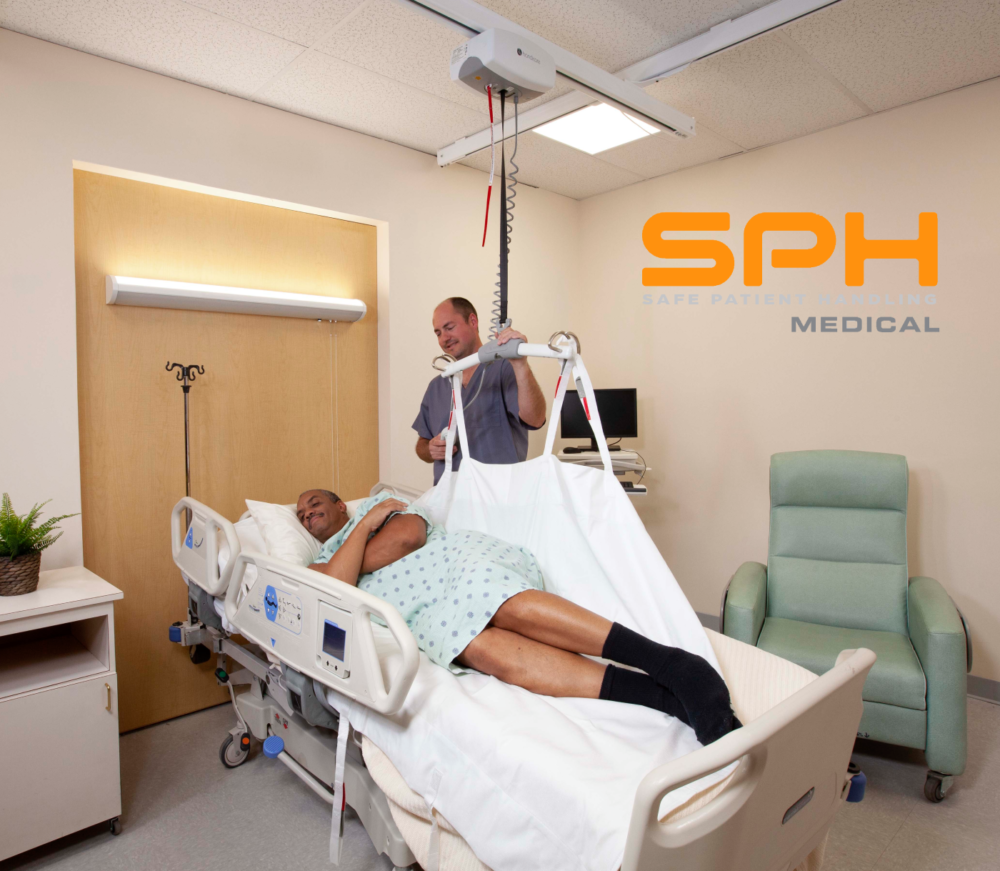
Understanding the Importance of Patient Lifts
Patient lifts, both overhead and mobile, are essential tools in modern healthcare environments. SPH Medical’s patient lifts offer several undeniable benefits:
Enhancing Nurse Safety and Patients
The first and foremost advantage is enhancing nurses safety. By significantly reducing the manual lifting required by nursing staff, patient lifts minimize the risk of musculoskeletal injuries, which are alarmingly common among healthcare workers. Patients also benefit from smoother, more secure transfers that lessen the chance of falls or other mishaps.
Ease of Use
SPH Medical’s patient lifts are designed for intuitive operation, ensuring that nurses and caregivers can use them efficiently with minimal training. This ease of use not only saves time but also enhances the overall workflow, allowing staff to focus more on patient care rather than physical exertion.
Cost-Effectiveness
Investing in patient lifts translates into substantial cost savings over time. By reducing injury-related absenteeism and workers’ compensation claims, hospitals can reallocate resources to other critical areas. Furthermore, the efficiency gains realized through quicker, safer patient handling contribute to overall operational effectiveness.
The Role of Single-Patient Use Slings and Repositioning Sheets
Single-patient use slings and repositioning sheets are pivotal in enhancing nurses safety with the functionality of patient lifts. These products work seamlessly with SPH Medical’s lifting systems to deliver comprehensive patient handling solutions.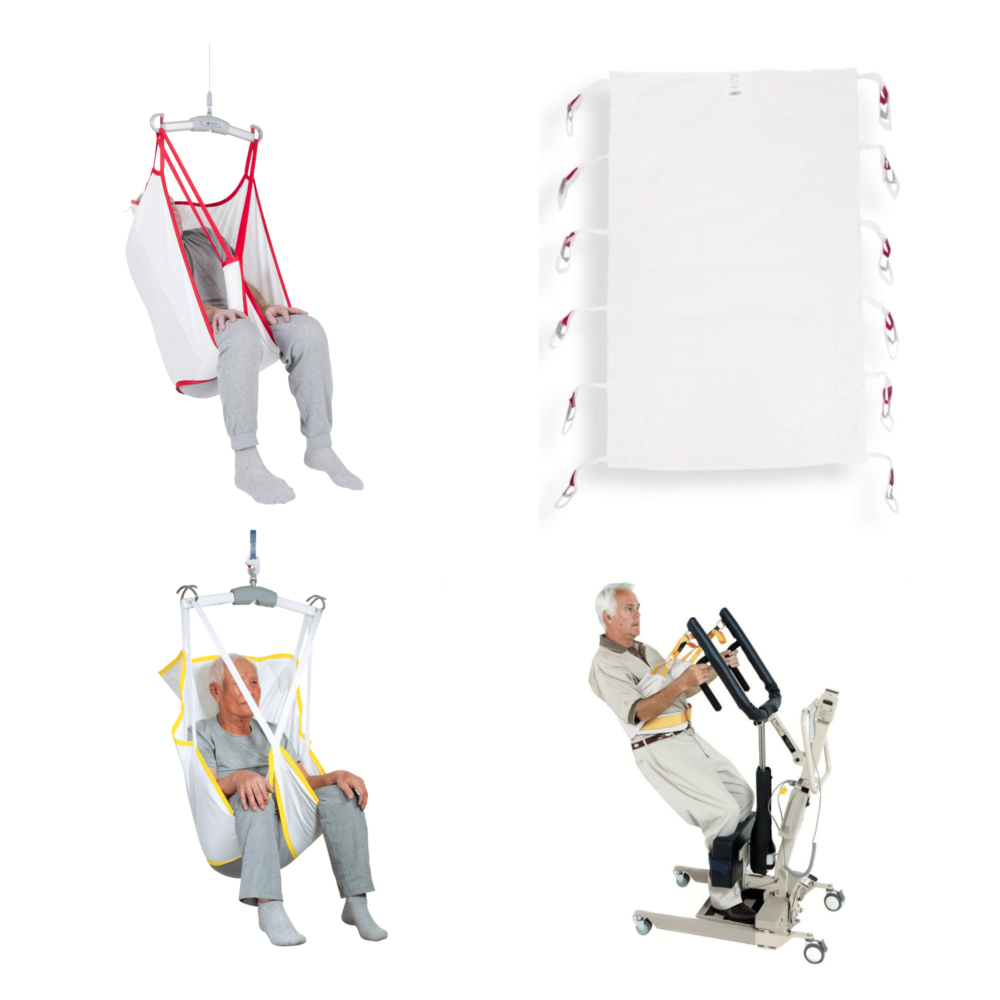
Enhanced Hygiene and Infection Control
Single-patient use slings and repositioning sheets are designed for one-time use, ensuring each patient receives clean, sterile equipment. This approach significantly reduces the risk of cross-contamination and infection, aligning perfectly with stringent hospital hygiene protocols. By using fresh gear for each patient, healthcare facilities can drastically lower the incidence of HAIs, safeguarding patient health and improving overall outcomes.
Optimal Patient Comfort and Support
These slings and sheets are meticulously crafted to provide maximum comfort for patients during transfers. Made from soft yet durable materials, they offer robust support, reducing discomfort and anxiety for patients. This enhanced level of care not only improves the patient experience but also ensures smoother, safer handling.
Enhancing Nurse Safety with Versatility and Compatibility
Single-patient use slings and repositioning sheets are versatile, compatible with a wide range of SPH Medical’s patient lifts. Whether it’s the overhead A-625 patient lift motor or the mobile EVA600, these products seamlessly integrate to form a cohesive, efficient system. This versatility ensures that healthcare providers can rely on consistent performance across various patient handling scenarios, from routine transfers to complex maneuvers.
Comprehensive Product Catalog
SPH Medical offers an extensive catalog of single-patient use slings and repositioning sheets, tailored to meet diverse patient needs and clinical situations1. Their offerings include:
Breathable Repositioning Sheet Disposable: Ideal for maintaining patient comfort and hygiene during transfers.
HighBackSling Disposable and Universal Disposable Highback Sling: Designed for superior support, especially for patients who require full-body lifting.
Care Sling Disposable and Care Sling Disposable with Head Support: Provides excellent flexibility and additional head support when needed.
MedCare Walking Sling and Sit To Stand Disposable Belt: Facilitates early mobility and rehabilitation by supporting patients during walking and standing exercises.
Band Sling and Thorax Sling Disposable: Specialized slings for targeted support and specific transfer needs.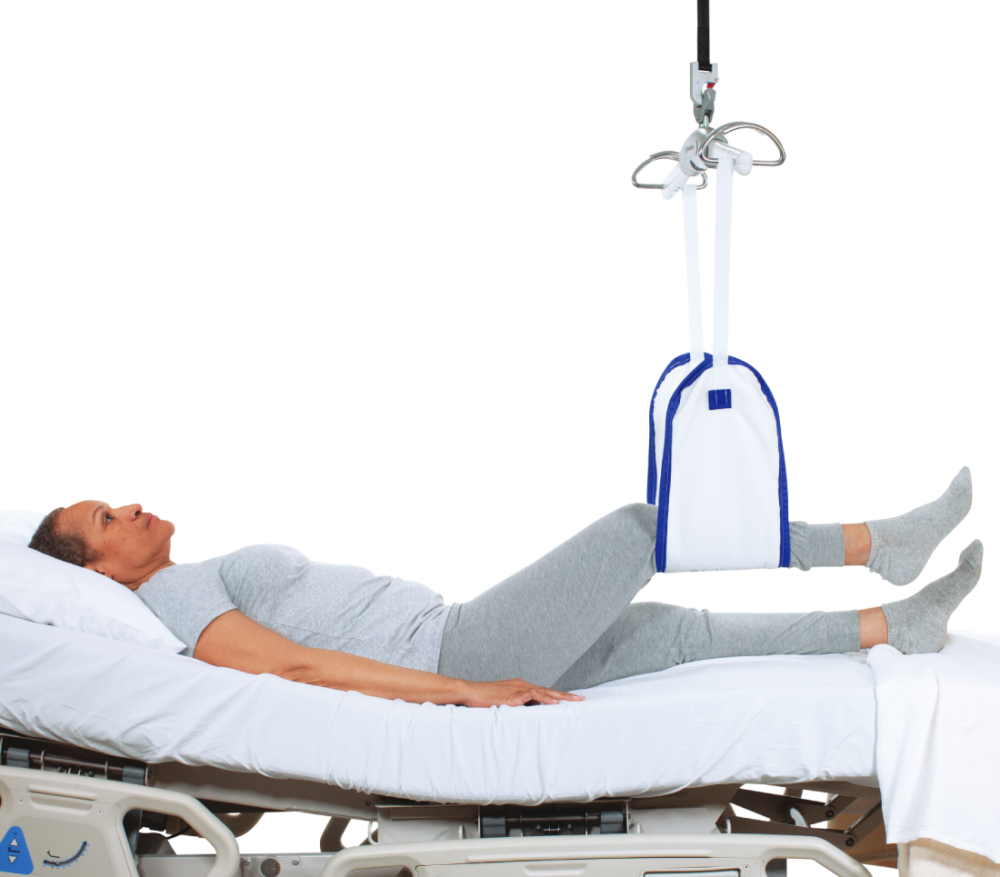
Tri-Turner Sling Disposable: Perfect for turning and repositioning patients safely and efficiently.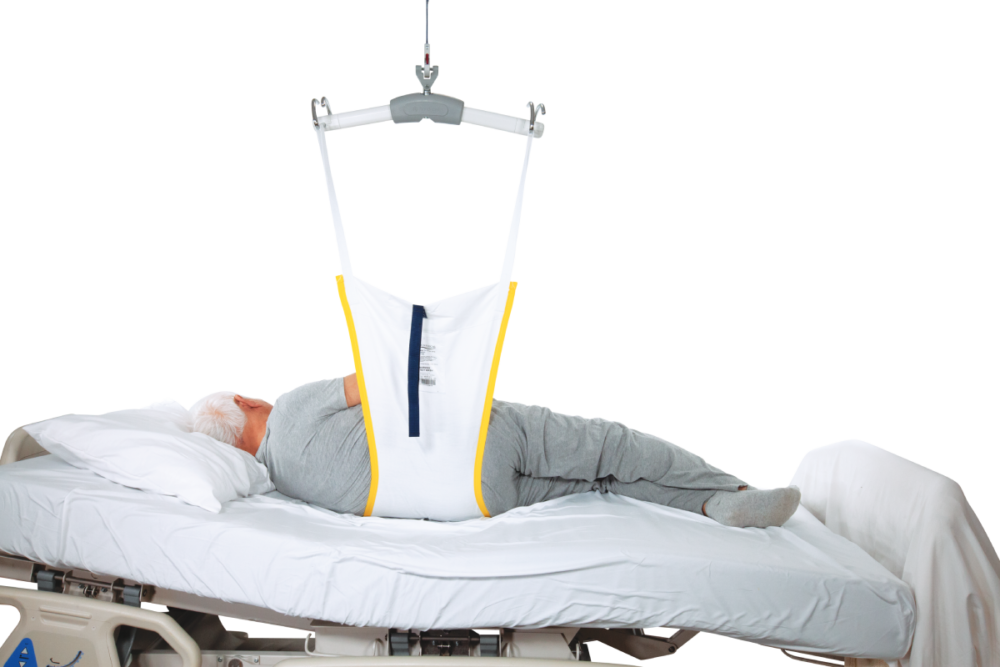
This comprehensive product range ensures that every patient handling requirement is met with precision, maximizing both patient and caregiver satisfaction.
Economic Efficiency
While the concept of single-use might suggest higher costs, these products actually contribute to economic efficiency. By preventing infections and cutting down on the need for laundering reusable slings, hospitals save on both direct and indirect costs. Additionally, the reduction in injury-related absences and improved patient throughput further enhance financial efficiency.
Simplified Logistics and Training
With single-patient use products, inventory management becomes more straightforward. There’s no need for extensive tracking and cleaning processes associated with reusable equipment. Training staff on these products is also simplified, given their intuitive design and straightforward usage, ensuring that caregivers can quickly become proficient in their application.
Enhancing Nurse Safety; Injury Prevention for Nurses
Nearly 50% of nurse injuries are related to patient handling. Case studies have shown a dramatic reduction in these injuries when patient lifts and single-patient use slings are employed. For example, hospitals implementing these technologies have reported reductions in staff injuries by up to 80%. By adhering to ergonomic standards and best practices, SPH Medical’s solutions ensure a safer work environment for all healthcare providers.
Background on Musculoskeletal Disorders
Nurses are at an exceedingly high risk of developing musculoskeletal disorders (MSDs), particularly those working in high-stress environments like the emergency department and intensive care unit. An extensive study found that MSDs are particularly prevalent in the neck, shoulders, and lower back/waist of nursing staff. The correlation between workload and MSD risk is clear, with medium to high workloads significantly increasing the chances of these debilitating conditions. Recognizing and addressing these specific risk factors is paramount in creating effective injury prevention strategies, further underscoring the importance of utilizing patient lifts and single-patient use products to mitigate these risks.
Enhancing Nurse Safety and Reducing Hospital-Acquired Infections
Hospital-acquired infections affect about 1 in 31 patients daily, leading to increased morbidity, extended hospital stays, and elevated healthcare costs. Single-patient use products significantly reduce the risk of cross-contamination, as each patient has their own dedicated sling or sheet. This approach aligns with stringent infection control protocols and has been proven to decrease HAI rates substantially.
Accessibility and Availability on Enhancing Nurse Safety
To maximize their effectiveness of enhancing nurse safety and reducing HAIs, it is crucial to ensure that patient lifts and slings are readily accessible on every inpatient unit. Here’s how hospitals can achieve this:
Strategic Deployment
Every inpatient unit should be equipped with an adequate number of patient lifts to meet demand. Ensuring strategic placement of these devices allows for quick and easy access, fostering a culture of safety and efficiency.
Enhancing Nurse Safety and Reducing HAIs; Training and Support
SPH Medical offers comprehensive training programs to ensure that all staff members are proficient in the use of patient lifts and single-patient use products. Continuous education and support are vital in maintaining high standards of safety and care.
SPH Medical’s overhead patient lifts and single-patient use slings undeniably are the most effective tools used in enhancing nurse safety, reduce hospital-acquired infections, and offer significant cost savings. By providing improved safety, ease of use, and cost-effectiveness, these tools empower healthcare facilities to deliver superior patient care while protecting their staff.
Ready to transform patient handling in your facility? Contact SPH Medical today to schedule a demonstration or consultation. Discover how our full range of products and services can enhance safety, efficiency, and patient outcomes in your hospital. Visit our website or call us to learn more.
Footnotes
https://sphmedical.com/product-category/single-patient-use/
https://www.ncbi.nlm.nih.gov/pmc/articles/PMC8297183/

